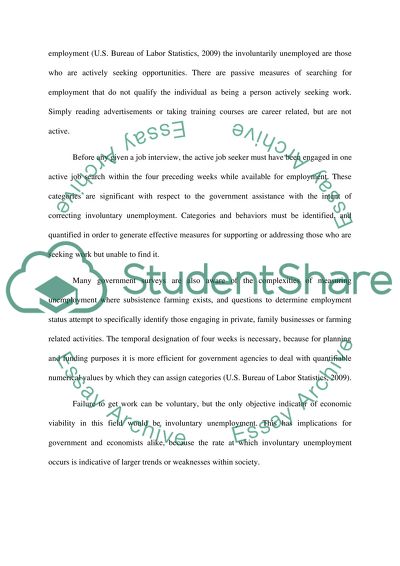Cite this document
(“Unemployment Essay Example | Topics and Well Written Essays - 2000 words”, n.d.)
Unemployment Essay Example | Topics and Well Written Essays - 2000 words. Retrieved from https://studentshare.org/other/1399722-unemployment
Unemployment Essay Example | Topics and Well Written Essays - 2000 words. Retrieved from https://studentshare.org/other/1399722-unemployment
(Unemployment Essay Example | Topics and Well Written Essays - 2000 Words)
Unemployment Essay Example | Topics and Well Written Essays - 2000 Words. https://studentshare.org/other/1399722-unemployment.
Unemployment Essay Example | Topics and Well Written Essays - 2000 Words. https://studentshare.org/other/1399722-unemployment.
“Unemployment Essay Example | Topics and Well Written Essays - 2000 Words”, n.d. https://studentshare.org/other/1399722-unemployment.


